The Flowtime technique: A complete guide
The current fast-moving modern world makes productivity an essential element that professionals, students, and creatives actively pursue. Many people succeed with the Pomodoro Technique, yet its rigid nature does not work well with individuals who need extended time without interruptions for work. The article explains the effective usage of the Flowtime Technique, together with its advantages and differences against alternative time management strategies.
What Is the Flowtime Technique?
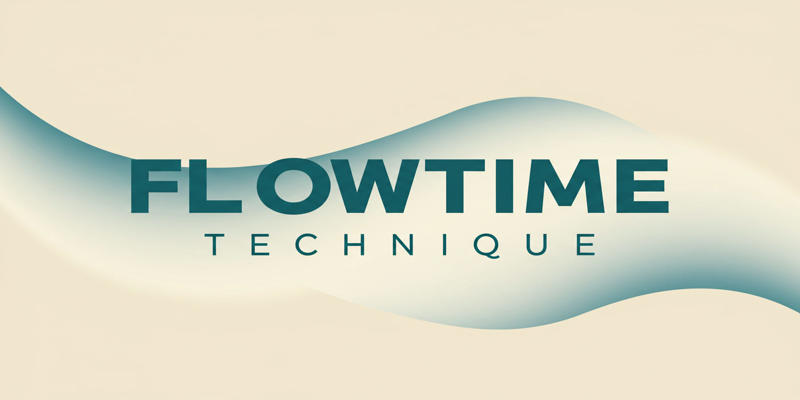 The Flowtime Technique functions as a time management solution that enables people to match their work tasks with their bodily ability to concentrate. It differs from the Pomodoro Technique because it permits unlimited periods of focused work before you need to take a break. The method becomes an excellent fit for intensive tasks because it extends uninterrupted working time until concentration disappears.
The Flowtime Technique functions as a time management solution that enables people to match their work tasks with their bodily ability to concentrate. It differs from the Pomodoro Technique because it permits unlimited periods of focused work before you need to take a break. The method becomes an excellent fit for intensive tasks because it extends uninterrupted working time until concentration disappears.
Key Principles of the Flowtime Technique
- The principle is to continue working until you automatically lose track of your focus.
- Document your work duration while also documenting what interruptions occurred during your work period.
- Breaks should be taken whenever your energy runs low to recharge yourself.
- You should perform these cycles again based on the patterns that influence your productivity.
How to Implement the Flowtime Technique
Step-by-Step Guide
- Select one particular assignment that needs your complete attention. You should split the work into smaller pieces when needed.
- Your preparation includes turning off notifications, closing extra browser tabs, and notifying others about your structured work time.
- Start Executing the Task by ignoring time constraints. Natural focus should decide the length of your work effort.
- Preserve a record of your work duration by logging down your starting and ending times as well as interruptions through notebooks or digital time management systems.
- Take brief stops lasting 5 to 10 minutes to refresh your mind when tiredness or lack of focus appears.
- Study your logged activities to detect your most efficient work hours then make suitable adjustments in your daily routine.
Example Workflow Table
Task | Start Time | End Time | Duration | Distractions | Break Taken |
|---|---|---|---|---|---|
Writing report | 9:00 AM | 10:15 AM | 1 hour 15 min | Checked phone twice | 10 minutes |
Research project | 10:30 AM | 11:45 AM | 1 hour 15 min | None | 15 minutes |
Benefits of the Flowtime Technique
By utilizing The Flowtime Technique you gain better time management than what traditional methods provide.
1. Increased Productivity
Flowtime's ability to sustain peak concentration moments enables users to produce more results within shorter periods. People operating in states of flow increase their productivity by fivefold.
2. Reduced Stress
You can determine your work-stopping times under Flowtime since it avoids interrupting flow states with timer controls that Pomodoro requires. Eliminating workplace pressure leads to stress reduction and more relaxed workplace conditions.
3. Enhanced Creativity
Intensive creative projects require lengthy stretches of deep thinking to complete. The Flowtime Technique eliminates scheduled break interruptions, allowing people to maintain uninterrupted idea generation.
4. Customizable Work Sessions
Flowtime tailors its features based on user requirements and current assignments. You can adjust Flowtime to adapt to all types of work, whether you need to concentrate deeply on one task or handle many different responsibilities.
Flowtime vs. Pomodoro: A Comparison
Feature | Flowtime Technique | Pomodoro Technique |
|---|---|---|
Work Duration | Flexible; work until focus wanes | Fixed (e.g., 25 minutes) |
Breaks | Based on personal needs | Fixed (e.g., 5 minutes) |
Ideal For | Deep work requiring sustained focus | Tasks that can be done in short bursts |
Stress Level | Lower due to lack of rigid timers | This can be higher due to interruptions |
Customization | Highly customizable | Limited customization |
Tips for Mastering the Flowtime Technique
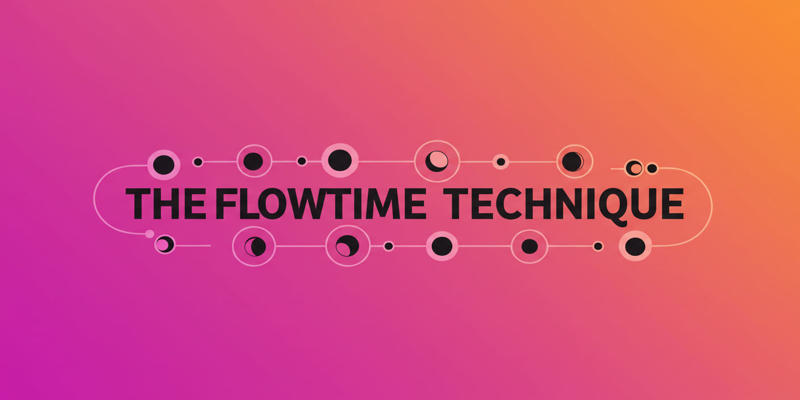 Fresh Flowtime users need to begin working on short assignments until they build enough experience to extend their sessions. The productivity tools Toggl and Clockify enable users to monitor work periods and decode their work patterns. People who clear their workspace from clutter achieve better focus because it removes environmental distractions.
Fresh Flowtime users need to begin working on short assignments until they build enough experience to extend their sessions. The productivity tools Toggl and Clockify enable users to monitor work periods and decode their work patterns. People who clear their workspace from clutter achieve better focus because it removes environmental distractions.
Check your task logs at least once each week to find productivity patterns that lead to performance adjustments. Thorough tasks that need to meet specified deadlines should merge Flowtime with the structured approaches of Pomodoro and similar strategies.
Common Challenges and Solutions
Challenge: Difficulty Staying Focused
- Your focus improvement will require starting with shorter sessions before you extend the durations.
Challenge: Frequent Interruptions
- Solution: Use noise-canceling headphones or set boundaries with colleagues during focused work periods.
Challenge: Overworking Without Breaks
- Performs scheduled self-checks to monitor your state while making sure you rest sufficiently.
Who Should Use the Flowtime Technique?
These conditions make the Flowtime Technique appropriate for any situation:
- Professionals managing complex projects.
- Knowledge-seekers who need to prepare for examinations alongside writers who fulfill their academic requirements.
- Artists who establish their work in design and writing or any creative field.
- Programmers, together with developers, handle complex programming work.
Advanced Strategies for Using Flowtime
- Better efficiency can be achieved by placing similar tasks next to each other within one session.
- Maintain a record of interruptions that happen during each session to identify frequent distractions that you can resolve over time.
- Users should integrate technology platforms Trello or Notion with Flowtime for both task management and progress tracking functionality.
- You should modify your break times according to how challenging your work tasks become. Business users should increase their break duration when they maintain their focus for an extended time.
- Devote your breaks to mindfulness activities, such as deep breathing exercises and stretching, to guarantee a recharge of mental energy.
Real-Life Applications of the Flowtime Technique
For Writers
Writing requires writers to dedicate time to idea generation and storyline development. The Flowtime Technique helps employees attain complete focus on their work tasks, thus improving their creativity and performance.
For Programmers
Coding requires complete attention during debugging and algorithm development. When developers use Flowtime to work without interruptions, their efficiency increases while their problem-solving time decreases.
For Students
Students need to apply the Flowtime Technique during exam preparation and assignment work. When workers modify their work durations according to their concentration states, it helps them both keep data in their memory longer and combat mental exhaustion.
Tools to Enhance the Flowtime Technique
Maple Papers presents below a set of practical tools that allow effective implementation and monitoring of the Flowtime Technique execution:
- Toggl serves as a time-tracking tool that tracks work periods through its session logs while also generating comprehensive breakdowns.
- Free users can employ Clockify to log their work duration and examine their productivity patterns through its platform.
- Notion serves as a flexible platform that enables users to manage tasks alongside notes and schedule entries alongside their Flowtime tracking system.
- Users of Forest can enhance their concentration through the app's virtual plant-growing mechanism that encourages workplace productivity.
Conclusion
People who want extended periods of focused work alongside better productivity should consider the Flowtime Technique instead of Pomodoro-style time management because of its flexible structure. Using your natural concentration patterns directly will benefit your productivity, stress reduction, and creativity improvement. The method becomes manageable through practice and suitable instruments, allowing you to achieve your maximum potential.
On this page
What Is the Flowtime Technique? Key Principles of the Flowtime Technique How to Implement the Flowtime Technique Step-by-Step Guide Example Workflow Table Benefits of the Flowtime Technique 1. Increased Productivity 2. Reduced Stress 3. Enhanced Creativity 4. Customizable Work Sessions Flowtime vs. Pomodoro: A Comparison Tips for Mastering the Flowtime Technique Common Challenges and Solutions Challenge: Difficulty Staying Focused Challenge: Frequent Interruptions Challenge: Overworking Without Breaks Who Should Use the Flowtime Technique? Advanced Strategies for Using Flowtime Real-Life Applications of the Flowtime Technique For Writers For Programmers For Students Tools to Enhance the Flowtime Technique ConclusionRelated Articles

The 9 best AI recruiting tools

Free Online Tool to Split and Trim MP4 Videos Without Any Downloads

Top 5 AI Cartoon Video Generators for Engaging Animations
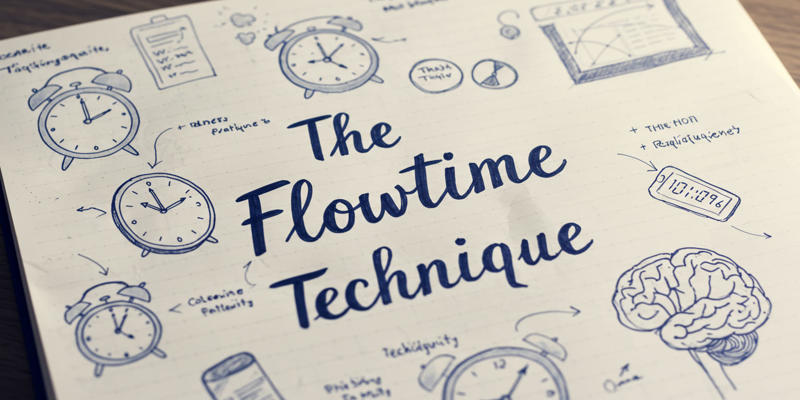
The Flowtime technique: A complete guide
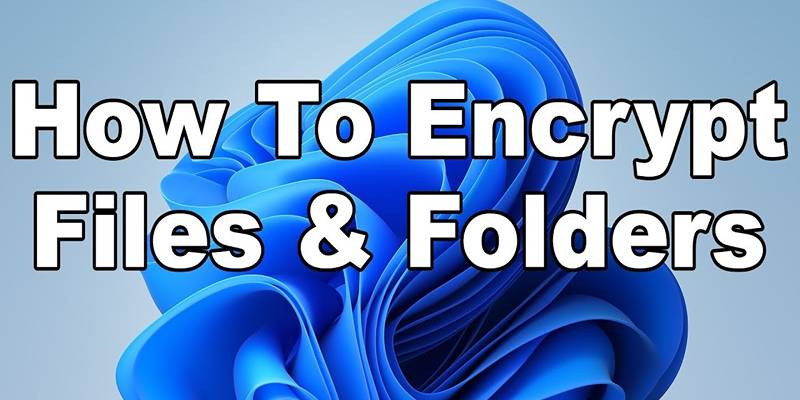
Best 5 File Encryption Tools to Keep Personal Data Safe and Private
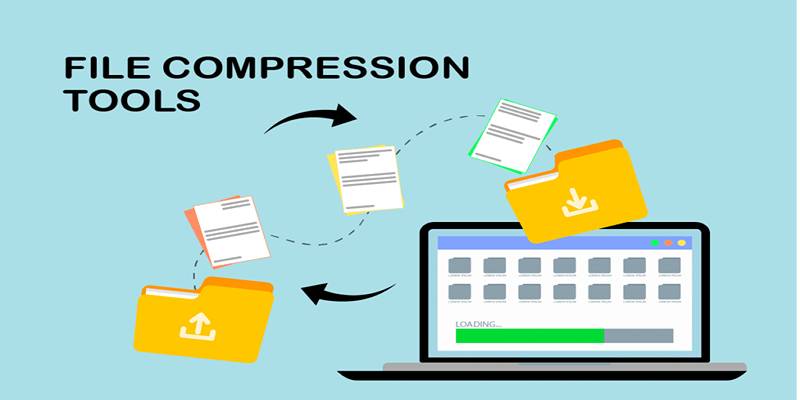
File Compression Software Guide for Windows and Mac You Can Rely On
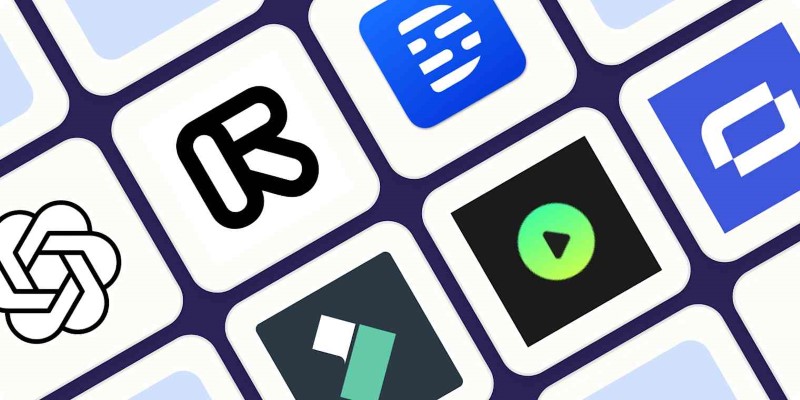
2025’s Top AI Tools for Converting Images into Videos
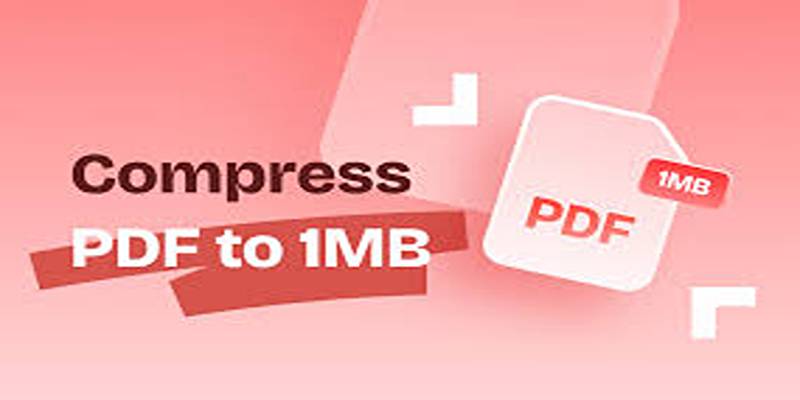
Compress PDF Files Under 1MB While Maintaining High Visual Quality
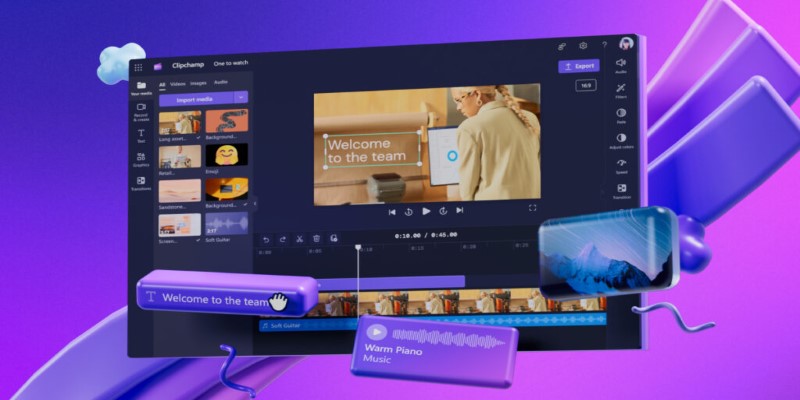
An In-Depth Review of Microsoft Clipchamp and Its Practical Applications

Your Guide to Facebook Automation: Save Time and Boost Engagement
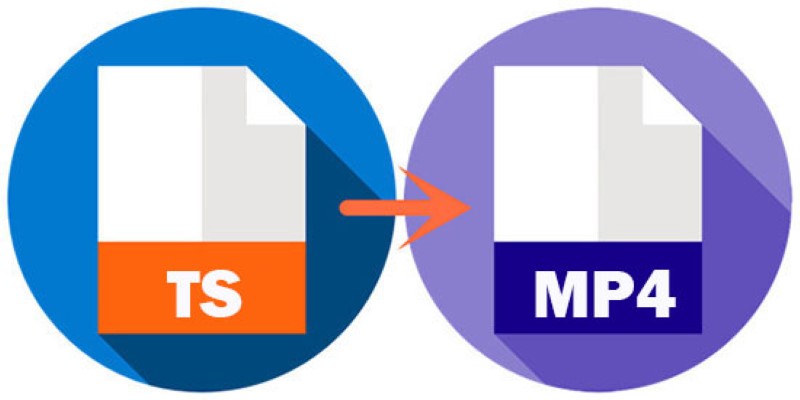
TS to MP4 Conversion – Everything You Need to Know
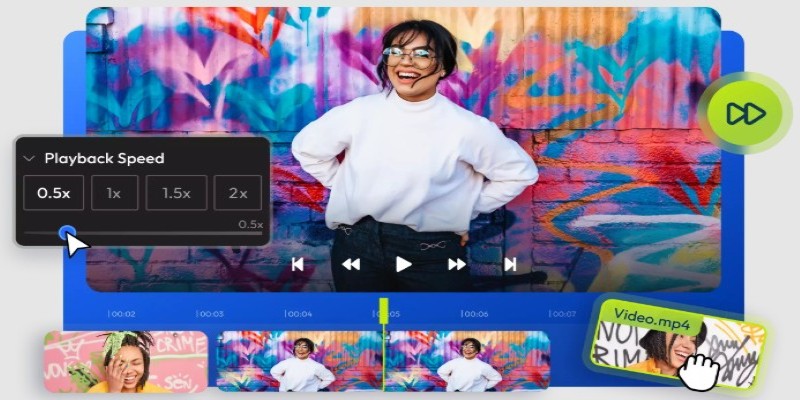
 knacksnews
knacksnews